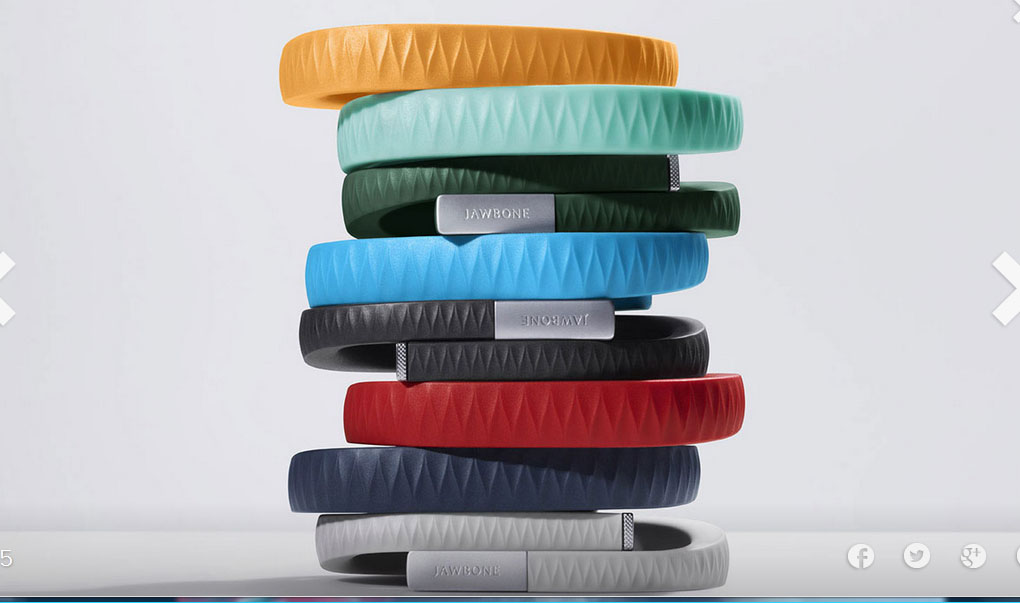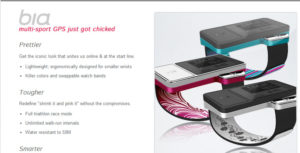I love my UP bracelet by Jawbone. It’s a great little piece of wearable tech that gives me a daily breakdown of the number of steps I walk. My UP bracelet even has the capacity to give me a rough idea of sleep patterns if I don’t forget to press the button every night to tell it that I am about to go to sleep. It’s not as intuitive and intelligent as I want it to be but it does create a conscious, competitive game in my mind to beat the previous day’s number of steps walked. The problem with this little rubber black bracelet is that it’s not that cute.
On September 30th, the Glazed Conference had some pretty interesting solutions to solve the problem of not-so-cute tech. Glazed Conference organizer Redg Snodgrass, who also happens to be the co-founder of Stained Glass Labs, a start-up accelerator devoted to revving up the wearable computing industry, is fully conscious that there needs to be a major integration of tech and fashion. “Entrepreneurs aren’t those nerds living in a closet anymore…they are out there pushing the limit. Anything that is technologically fascinating is sexy and fashion is tied to that.”
Now that tech is jumping off desktops and onto bodies, developers, engineers and designers need to know that women always want to wear things that are aesthetically complementary to what they wear in their daily lives. I want the tech that I wear to be invisible. Once I put on my clothes and accessories, I am no longer aware of them. My wearable tech should exist in the same way. If it is visible, I want it to do more than make a statement that I’m part of the “wearable tech” club. It has to complement what I’m wearing altogether . For evenings out, I often taken off the UP, knowing the data will be incomplete for that particular day, which is an obvious drawback.
I was glad to see Bia Sport had a bracelet that looked like it was headed in the right direction at the Glazed Conference. The bracelet was offered in different colors the design seemed sleeker and smaller. I’d love to see more innovation along those lines from all companies who are focusing on wearable tech. Women and men do not use products in the same way — another reason why we need more women in STEM. The creators of these products may not always understand the needs of women if there are no women on the teams.
The future of wearable technology is in its infancy when it comes to true fashion integration. I can’t wait to see what the future holds when we can wear clothes and accessories that don’t look like knock offs from the latest sci-fi movie. Digital wearables are already impacting our lives — the next step is to see if they change us more than we change them.



